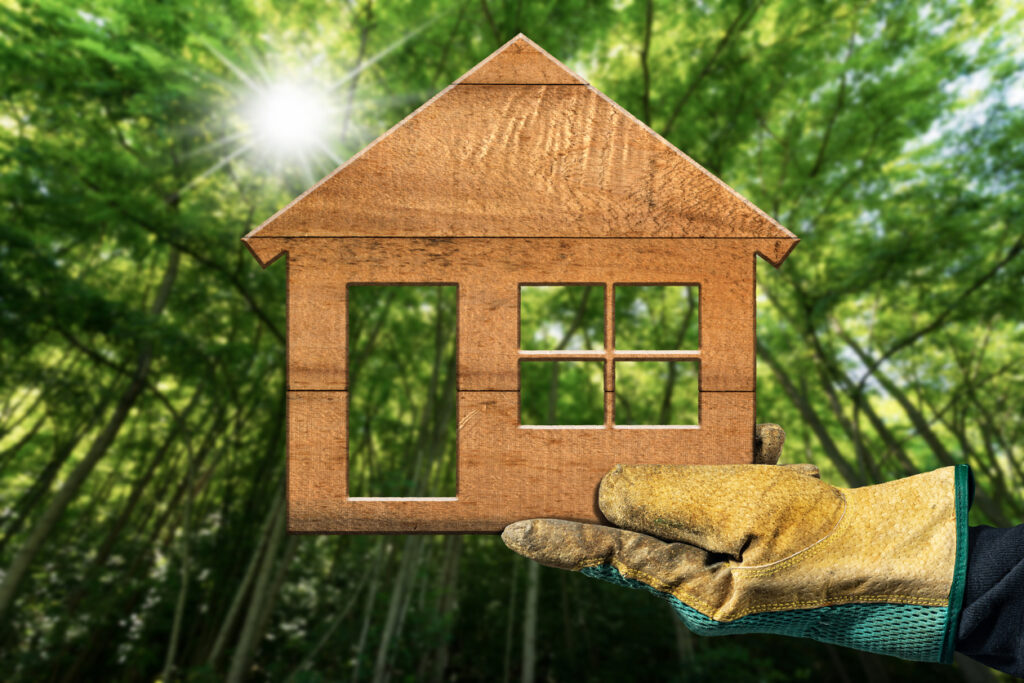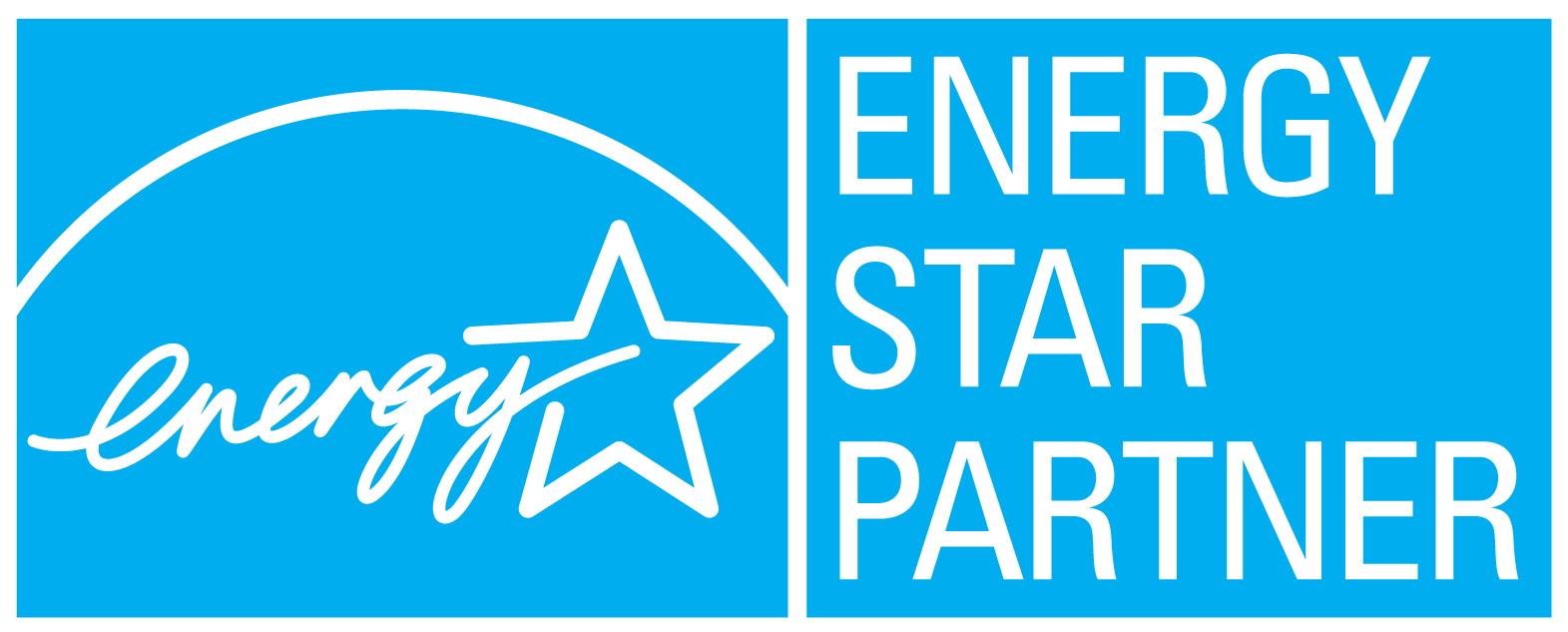Few states are as environmentally conscious as Colorado. Many people choose the state as their permanent home specifically because of its robust natural beauty. It should come as no surprise, then, that green engineering is an increasingly popular option for people seeking to build their own homes in Colorado.
Across the field of construction, the integration of green engineering practices is revolutionizing the way we build and perceive the value of new homes. This approach not only addresses the escalating concerns about environmental sustainability but also adds significant value to properties. Let’s delve into how green engineering is transforming home construction and boosting the value of new homes.
What Is Green Engineering?
Green engineering is an approach to engineering that focuses on designing products and processes with an emphasis on sustainability and environmental friendliness. The core principles include:
- Reducing Waste and Pollution: Designing products and processes that minimize the generation of waste and pollution throughout their life cycle.
- Resource Efficiency: Utilizing materials and energy efficiently to reduce the environmental footprint. This includes using renewable resources and recycling materials.
- Sustainability: Ensuring that the engineering practices do not compromise the ability of future generations to meet their needs. It involves considering the long-term impacts of engineering decisions.
- Innovation: Encouraging innovative solutions that improve environmental performance and sustainability.
- Life Cycle Thinking: Considering the entire life cycle of a product or process, from raw material extraction to end-of-life disposal, to minimize environmental impacts at every stage.
- Risk Reduction: Designing processes and products to minimize the risk of environmental harm, including reducing toxic emissions and hazardous waste.
- Social and Economic Considerations: Balancing environmental goals with social and economic factors, ensuring that green solutions are not only environmentally sound but also socially and economically viable.
Green engineering is a multidisciplinary field that integrates principles from various engineering disciplines (like chemical, mechanical, civil, and electrical engineering) with environmental science and sustainability studies. It’s a response to the growing awareness of environmental issues and the need for sustainable development in engineering practices. It’s becoming part of every form of construction, but it’s particularly important for people building new homes.
How Does Green Engineering Impact Home Construction?
Green engineering significantly impacts home construction by introducing sustainable practices and technologies aimed at reducing environmental footprints and promoting energy efficiency. Key areas where these practices influence sustainable home construction include:
Energy Efficiency
Energy efficiency lies at the heart of green building. By incorporating features like high-quality insulation, energy-efficient windows, and state-of-the-art HVAC systems, green homes significantly reduce energy consumption. This efficiency translates into lower utility bills, a key selling point for new home buyers and a factor that boosts the long-term value of the property.
Use of Sustainable Materials
One of the most prominent aspects of green engineering in home construction is the use of sustainable materials. These materials, such as bamboo, recycled steel, and reclaimed wood, not only reduce the environmental impact of construction but also offer durability and aesthetic appeal. Homes built with these materials are often more resilient, have a unique character, and appeal to environmentally conscious buyers, thereby increasing their market value.
Water Conservation
Sustainable building extends to water conservation through the installation of low-flow fixtures, efficient irrigation systems, and rainwater harvesting systems. These technologies not only save a precious resource but also reduce water bills, adding to the home’s value both financially and environmentally.
Renewable Energy Integration
The inclusion of renewable energy sources like solar panels and geothermal systems in new homes is becoming increasingly common. These features not only reduce dependence on fossil fuels but also provide homeowners with long-term savings on energy costs. Moreover, homes equipped with renewable energy solutions often attract a premium in the housing market.
Improved Indoor Air Quality
Indoor air quality is a significant concern in modern construction. Sustainable homes address this by using low-VOC paints, natural flooring materials, and advanced ventilation systems. This focus on a healthier living environment is particularly appealing to buyers with health concerns, such as allergies or asthma, and adds an intangible but real value to the home.
Smart Home Technologies
The integration of smart home technologies in green homes, such as automated energy management systems and intelligent lighting controls, enhances convenience and further improves energy efficiency. These features are not only in line with current technological trends but also add to the home’s futuristic appeal and market value.
Land Use and Biodiversity
Green engineering also considers the broader impact of construction, including land use and community integration. Green homes often feature designs that blend with the local environment and include outdoor spaces that promote biodiversity. This holistic approach can enhance the appeal of a neighborhood and contribute to higher property values.
Economic Incentives and Market Trends
Many governments, including the State of Colorado, offer incentives for green building practices like tax breaks or rebates. These incentives make it financially advantageous for builders and buyers alike. Furthermore, with a growing public awareness of environmental issues, the demand for green homes is on the rise, making them a smart investment.
By integrating these principles, green building in home construction leads to more sustainable, efficient, and environmentally friendly homes. This approach not only benefits the environment but also offers long-term economic advantages to homeowners through reduced utility bills and potentially higher property values.
Talk to the Experts in Luxury Home Building With Green Techniques
Green engineering in home construction is not just a trend; it’s a paradigm shift towards more responsible and sustainable living. Homes built with these principles not only contribute to environmental conservation but also offer tangible benefits to homeowners, including cost savings, health advantages, and increased property values. As the world moves towards a greener future, the integration of green engineering in home construction is set to redefine the standards of living and real estate value. At Easton Homes, we prioritize these green standards in every home we build. Learn more about how we can help you build an environmentally friendly home in Colorado.








